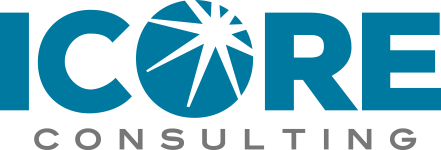NECA’s annual filing of its USF HCL Formula, if approved by the FCC, will provide increased settlements to 73 of 74 affected average schedule study areas. While 1 study area will see a small decrease, 15 will receive settlements under this formula for the first time, and several will experience 50%, 100%, 200% and even 300% increases, although the actual dollar amounts are relatively low.
This is good news, particularly when current FCC rules work against increases in average schedule company revenue requirements. This modification, in fact, incorporates the annual 25 basis point reduction on the interstate rate of return, as well as the prescribed limit on Operating Expenses. In addition, the fund size is determined by across-the-board cuts, rather than adjustments to the specific Cost Per Loop data. This actually helps the lower cost average schedule companies, however.
Application of these FCC rules – both good and bad — produces HCL rates proposed for 2021 that will total $4,022 million for the 74 qualifying study areas, versus $3,140 million for 59 study areas in 2020.
At one time — in the distant past — the basic rule governing average schedule development was that settlements to average schedule companies simulate those made to similar cost companies (which is just one of several rules today.) Representatives from USITA and AT&T would hammer out a set of schedules that 1) prevented the smaller companies from having to perform costly and cumbersome cost separations studies; 2) provided incentives, in many cases, to add new technologies; and 3) were acceptable to the FCC.
We have sometimes been critical of NECA’s development of the schedules. But we realize that this is not 40 years ago, and the industry has changed dramatically. The average schedule process is no longer a couple of USITA and AT&T guys, a statistician, and a data processing firm, sitting in a small room in Gaithersburg, Maryland, and sweating out a compromise acceptable to both the small Independent companies and the Bell System.
There are far more rules, regulations, data, formulas, algorithms, FCC involvement, oversight, and scrutiny today.
But this author knows it was a lot more fun, back before 1984.


